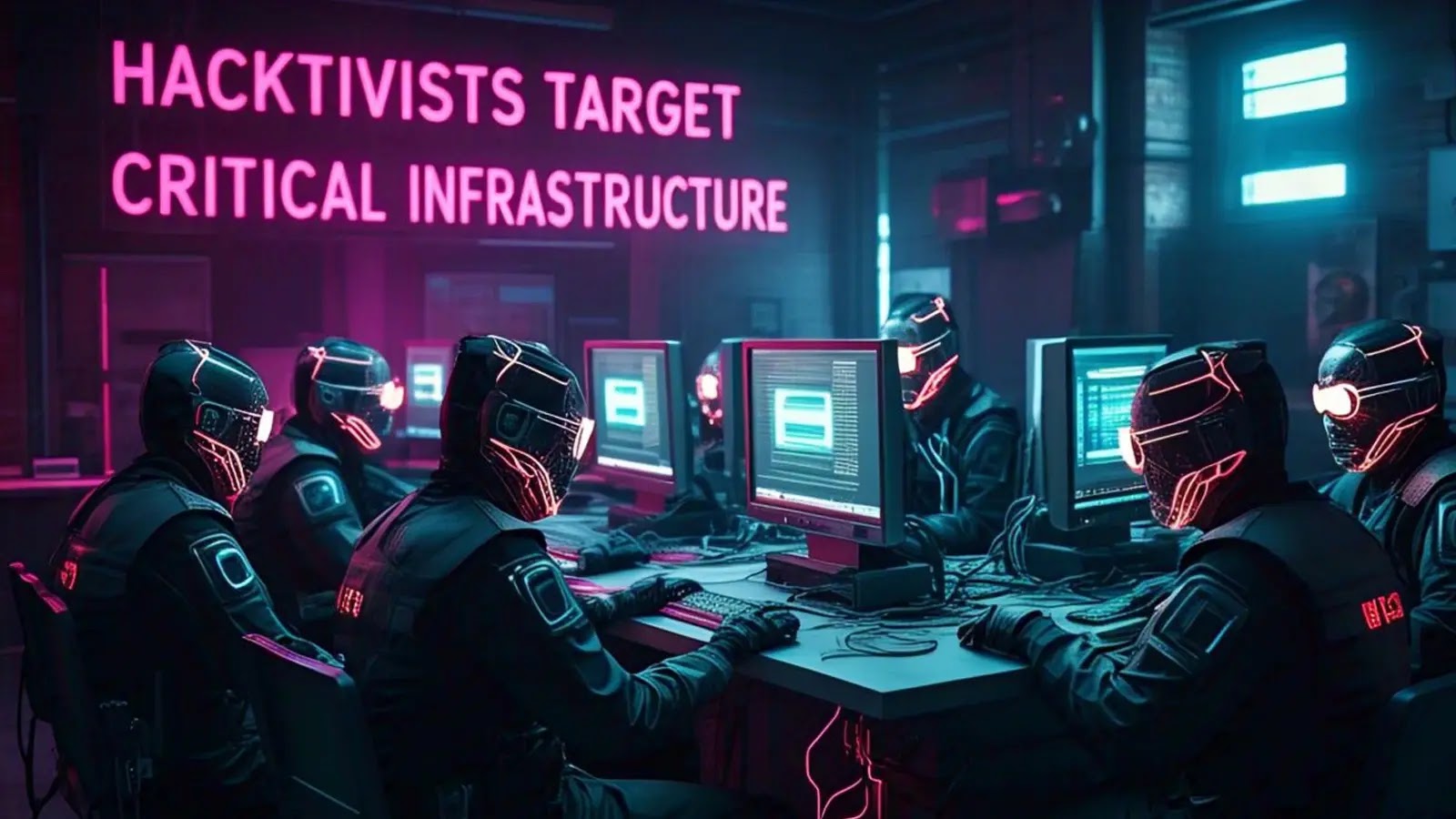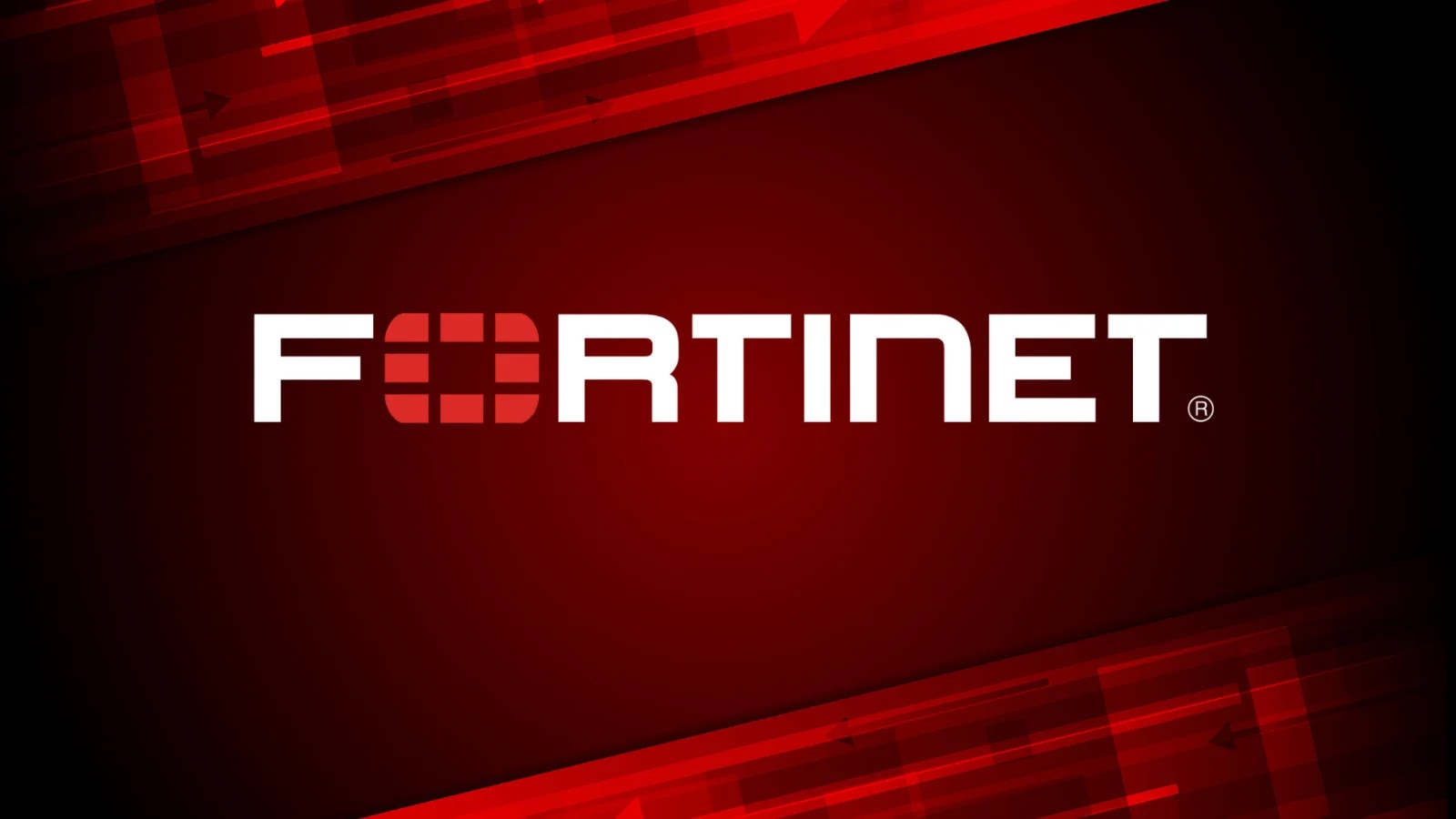In recent years, hacktivist groups have evolved from conducting Distributed Denial of Service (DDoS) attacks and website defacements to executing sophisticated operations against critical infrastructure, including the deployment of ransomware. This shift signifies a significant escalation in the cyber threat landscape, as ideologically driven actors now possess capabilities once associated with nation-state entities and financially motivated cybercriminals.
The Evolution of Hacktivist Tactics
Traditionally, hacktivists engaged in cyber activities to promote political agendas, often through disruptive but relatively low-impact methods. However, the first quarter of 2025 has witnessed a transformation in these tactics. Security experts describe this development as a complex instrument of hybrid warfare, where hacktivist activities are increasingly intertwined with geopolitical conflicts.
Pro-Russian hacktivist collectives, such as NoName057(16), Hacktivist Sandworm, and Z-pentest, have been particularly active, primarily targeting nations aligned with NATO and supporters of Ukraine. These groups have expanded their focus to include critical infrastructure sectors, aiming to disrupt essential services and undermine public confidence.
Targeting Industrial Control Systems and Operational Technology
A notable trend in this evolution is the increased targeting of Industrial Control Systems (ICS) and Operational Technology (OT). In March 2025 alone, there was a reported 50% surge in attacks on these systems, with a particular emphasis on energy distribution networks and water utilities. This strategic focus reflects a deliberate attempt to compromise infrastructure integral to national resilience and essential service delivery.
The Cybersecurity and Infrastructure Security Agency (CISA) has raised alarms about this trend, noting that threat groups are exploiting poor cyber hygiene practices at critical infrastructure providers. These groups often gain access through insecure configurations, such as default passwords and lack of multifactor authentication, enabling them to manipulate human-machine interfaces and disrupt operations. ([cybersecuritydive.com](https://www.cybersecuritydive.com/news/hacktivists-exploiting-cyber-critical-infrastructure/714950/?utm_source=openai))
Ransomware as an Ideological Weapon
Perhaps the most concerning development is the adoption of ransomware by hacktivist groups as a tool for ideological warfare. At least eight such groups and their allies have embraced this destructive methodology during the first quarter of 2025, blurring the lines between activism and criminal enterprise.
One notable example involves the Ukraine-aligned group BO Team, which executed a sophisticated ransomware attack against a Russian industrial manufacturer allegedly linked to the Defense Ministry. The operation encrypted over 1,000 systems and 300 terabytes of data, culminating in a $50,000 Bitcoin ransom payment.
Technical Analysis of BO Team’s Ransomware Deployment
The BO Team’s ransomware operation demonstrates remarkable technical sophistication. Their initial compromise utilized SQL injection vulnerabilities in the target’s web applications, exploiting legacy code that hadn’t been properly patched. Upon gaining access, the attackers deployed custom PowerShell scripts to establish persistence and conduct lateral movement through the network.
The attack employed a multi-stage deployment process, first establishing command-and-control infrastructure using compromised servers outside Russian jurisdiction. The attackers then implemented advanced evasion techniques, including timestamp manipulation to avoid detection by security tools.
The ransomware payload itself contained polymorphic code that altered its signature with each deployment, making traditional detection methods largely ineffective.
Implications for Critical Infrastructure Security
This evolution in hacktivist capabilities signals a concerning new chapter in cyber conflict. Ideologically motivated actors now possess the technical prowess to significantly disrupt critical infrastructure and extort substantial payments. The increasing sophistication of these attacks underscores the urgent need for enhanced cybersecurity measures across all sectors, particularly those integral to national security and public safety.
Organizations must prioritize the implementation of robust security protocols, including regular patching of vulnerabilities, enforcing strong authentication mechanisms, and conducting comprehensive security audits. Additionally, fostering collaboration between public and private sectors can enhance threat intelligence sharing and response strategies, mitigating the impact of these evolving cyber threats.



